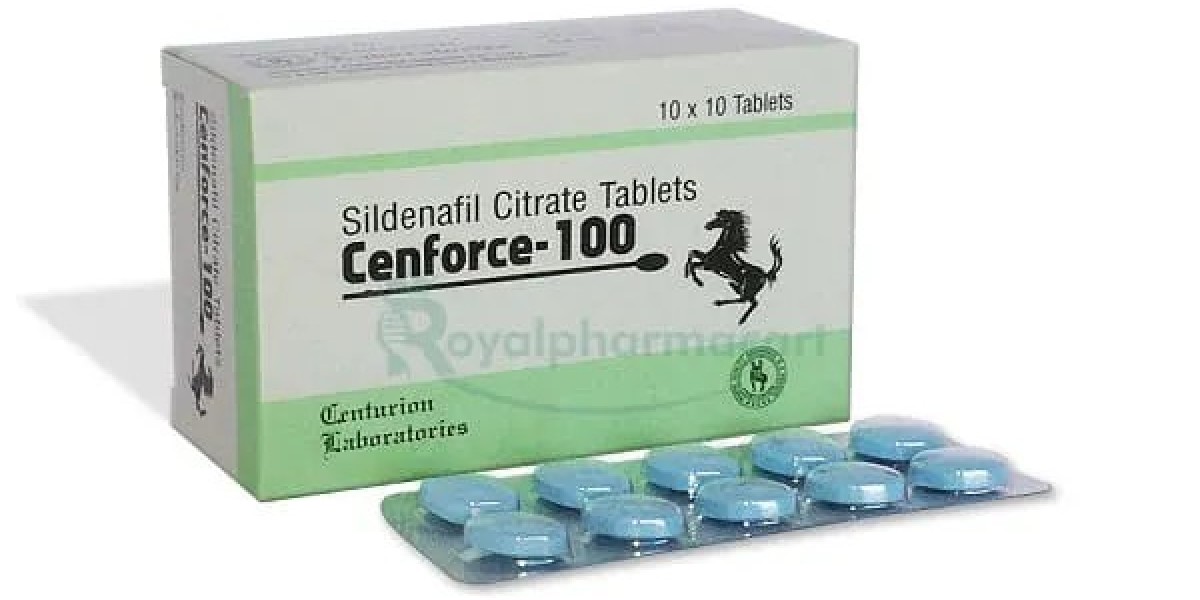Your roof is one of the most vital parts of your home. It shields you from the elements, protects your belongings, and contributes to the overall structural integrity of the house. However, like any other part of your home, your roof is susceptible to damage over time. Whether due to age, weather, or poor maintenance, roof problems are common. In this article, we’ll explore the most frequent roof issues and how to identify and address them before they cause significant damage.
1. Leaks and Water Damage
One of the most common and concerning roof problems is leaks. Leaks can occur for various reasons, from damaged shingles to clogged gutters, and they can lead to significant water damage inside your home. When water infiltrates the roof, it can cause damage to insulation, ceilings, and even electrical systems. Left unchecked, it can result in mold growth, rotting wood, and costly repairs.
Signs of leaks include water stains on ceilings, damp patches on walls, or the sound of dripping water. If you notice these signs, it's important to schedule a roof inspection as soon as possible to identify the source of the leak and prevent further damage.
2. Damaged or Missing Shingles
Shingles are the outermost layer of your roof, and they play a crucial role in keeping your home protected. Over time, shingles can become damaged, cracked, or even blow off during a storm. Missing or damaged shingles leave your roof vulnerable to leaks, water damage, and further deterioration. Common causes of shingle damage include high winds, hail, and exposure to the sun’s UV rays.
If you notice broken, curled, or missing shingles, it's a good idea to contact a roofing professional. They can inspect your roof and replace damaged shingles before they cause more serious problems.
3. Clogged Gutters
Clogged gutters are often overlooked but can lead to serious roof problems. Gutters play a vital role in channeling rainwater away from your roof and foundation. When gutters become clogged with leaves, twigs, or debris, water can back up and pool on the roof, leading to leaks, rotting wood, and mold growth.
Regularly cleaning your gutters is essential to preventing these issues. If you notice water spilling over the edges of your gutters during rain, it's a sign that they may be clogged and need cleaning.
4. Poor Ventilation
Proper ventilation is critical to maintaining the health of your roof. Without adequate airflow, heat and moisture can build up in the attic, leading to a host of problems. In the summer, excess heat can cause shingles to warp or crack, while in the winter, trapped moisture can lead to ice dams, which are damaging to both the roof and gutters.
Poor ventilation can also contribute to mold and mildew growth, which can affect both the roof structure and your indoor air quality. If your home has poor ventilation, consider consulting with a roofing professional about installing or upgrading vents to improve airflow.
5. Roofing Material Deterioration
Over time, all roofing materials will deteriorate due to exposure to the elements. Asphalt shingles, for example, have a lifespan of 20-30 years, and after that, they may begin to show signs of wear, such as cracking, curling, or fading. Metal roofs, while more durable, can also suffer from rust and corrosion.
If your roof is nearing the end of its expected lifespan, it’s important to keep an eye on the condition of the materials. A roofing contractor can help assess whether your roof needs repairs or a full replacement.
6. Cracked Flashing
Flashing is the metal material installed around roof joints, chimneys, and vents to prevent water from seeping in. Over time, flashing can become cracked or loose, leading to water infiltration. Cracked flashing is a common problem in older roofs or roofs that have experienced severe weather conditions, such as high winds or heavy rain.
If you notice that your flashing is damaged or dislodged, it’s important to address the issue quickly. Water that seeps in through cracked flashing can lead to significant structural damage, including rotting wood and mold growth.
7. Pooling Water and Ponding
Roofing systems, especially flat roofs, are susceptible to pooling water or ponding. When water does not drain properly, it can collect in low spots, causing the roof to weaken over time. If left unchecked, pooling water can lead to leaks, structural damage, and the deterioration of roofing materials.
Ponding water is most commonly seen on flat or low-slope roofs, but it can happen on pitched roofs as well if the drainage system is clogged or damaged. Regular maintenance and inspection of your roof can help identify areas where water is pooling.
8. Algae and Moss Growth
Algae and moss growth are more common in areas with high humidity and frequent rainfall. While algae typically appear as dark streaks on the roof, moss tends to form in patches and can retain moisture, which accelerates the deterioration of roofing materials. These growths can cause damage by trapping moisture against the roof surface, leading to rot and corrosion.
To prevent algae and moss buildup, it’s essential to keep your roof clean and well-maintained. In some cases, a roofing contractor may recommend installing zinc strips along the roof to inhibit the growth of moss and algae.
9. Ice Dams
Ice dams are a common winter problem for homes with steep roofs, especially in regions with cold winters. When snow melts on the roof and refreezes at the edge, it can form a dam of ice that prevents proper drainage. This trapped water can back up under shingles, causing leaks and water damage inside the home.
To prevent ice dams, ensure that your attic is properly insulated and ventilated. This will help maintain a consistent temperature across the roof, preventing snow from melting unevenly. If you live in a cold climate, you may also want to consider installing heat cables along the roof's edge to prevent ice buildup.
10. Storm Damage
Severe storms, including hailstorms, tornadoes, and hurricanes, can cause significant damage to your roof. Hail can dent metal roofs, crack shingles, and break tiles, while high winds can lift shingles and cause them to tear off entirely. In the aftermath of a storm, it’s important to inspect your roof for damage, even if it seems minor at first.
If you suspect that your roof has been damaged by a storm, contact a roofing contractor as soon as possible. Many roofing companies offer emergency roof inspection services to assess the damage and recommend repairs.
When to Seek Professional Roof Inspection Services
While some roof problems can be easily identified and repaired by homeowners, many require the expertise of a professional. A roofing contractor can provide a thorough roof inspection, identifying potential issues that may not be immediately visible. If you’re unsure about the condition of your roof or if you’ve noticed any of the issues mentioned above, scheduling a roof inspection is always a good idea.
A professional inspection can help catch small problems before they turn into major repairs, saving you money in the long run. It’s recommended to have a roof inspection done at least once a year, especially if your roof is older or you live in an area with harsh weather conditions.
Conclusion
Your roof is a vital component of your home’s defense against the elements, and addressing problems early can prevent costly repairs down the line. Whether it’s leaks, missing shingles, or deteriorating materials, the most common roof problems can usually be mitigated with regular maintenance and timely repairs. If you're unsure about the condition of your roof or if you've noticed any signs of damage, don't hesitate to reach out to a professional for a comprehensive roof inspection. Regular attention to these issues can help you maintain a safe, dry, and structurally sound home for years to come.









